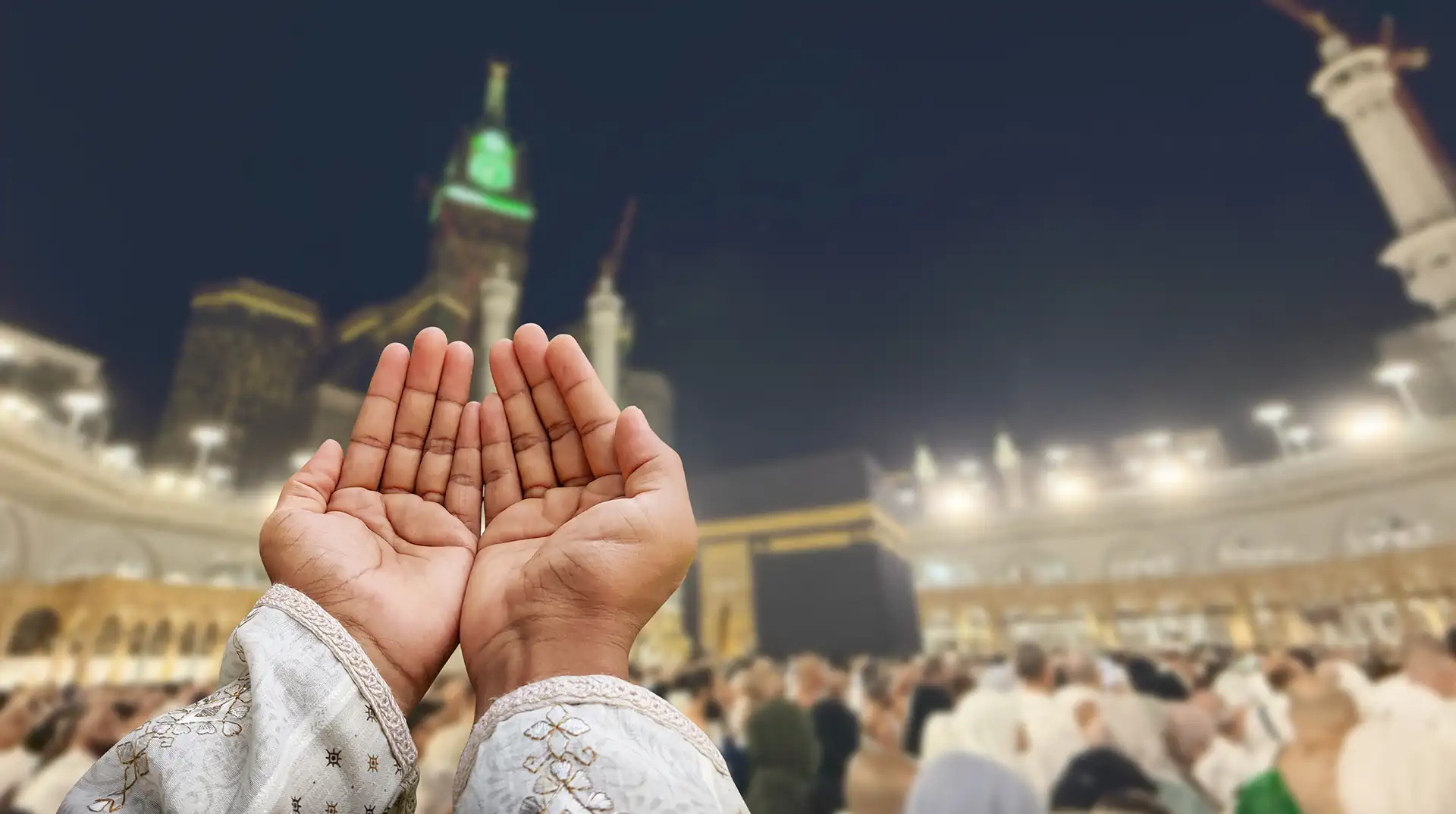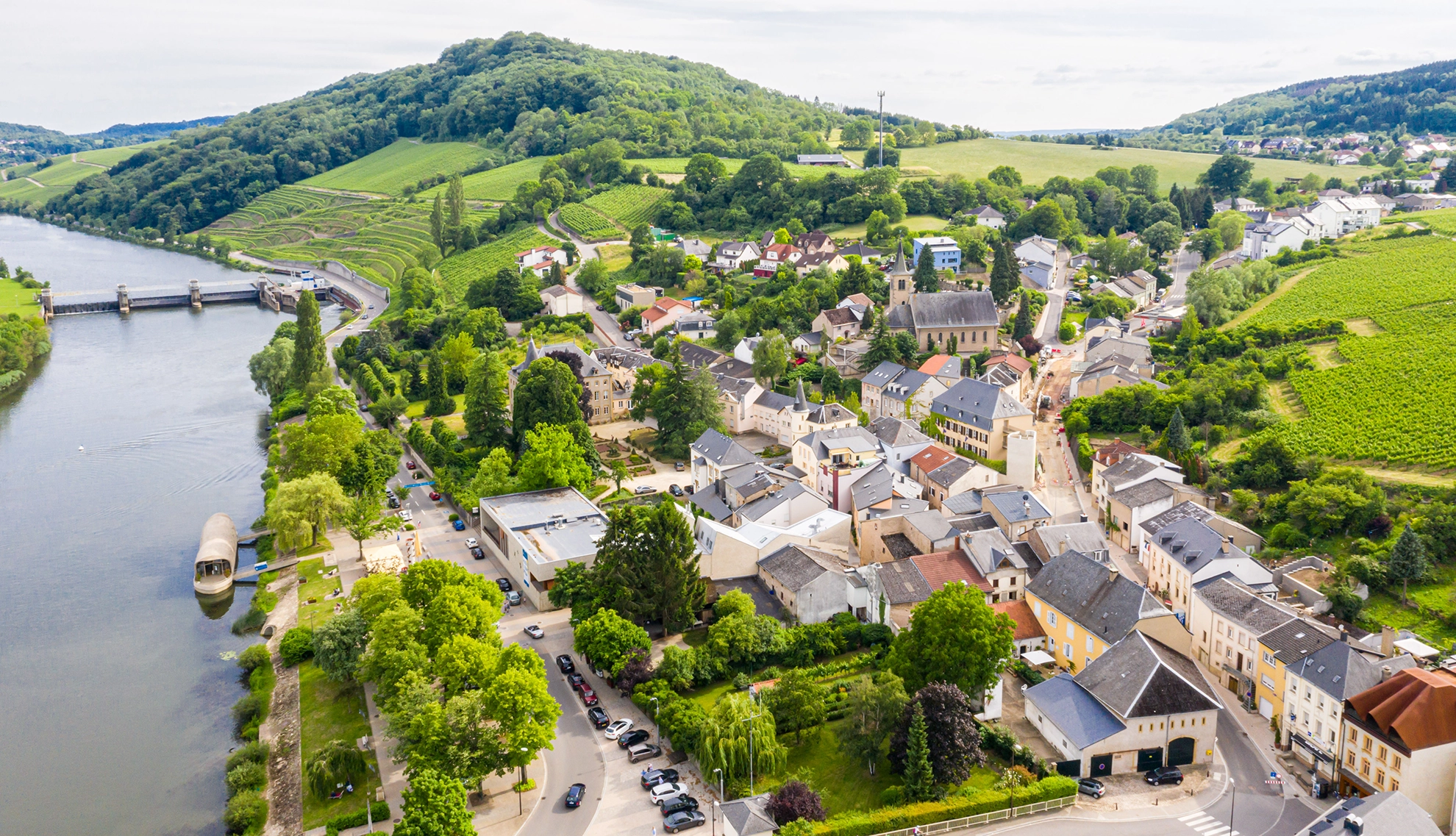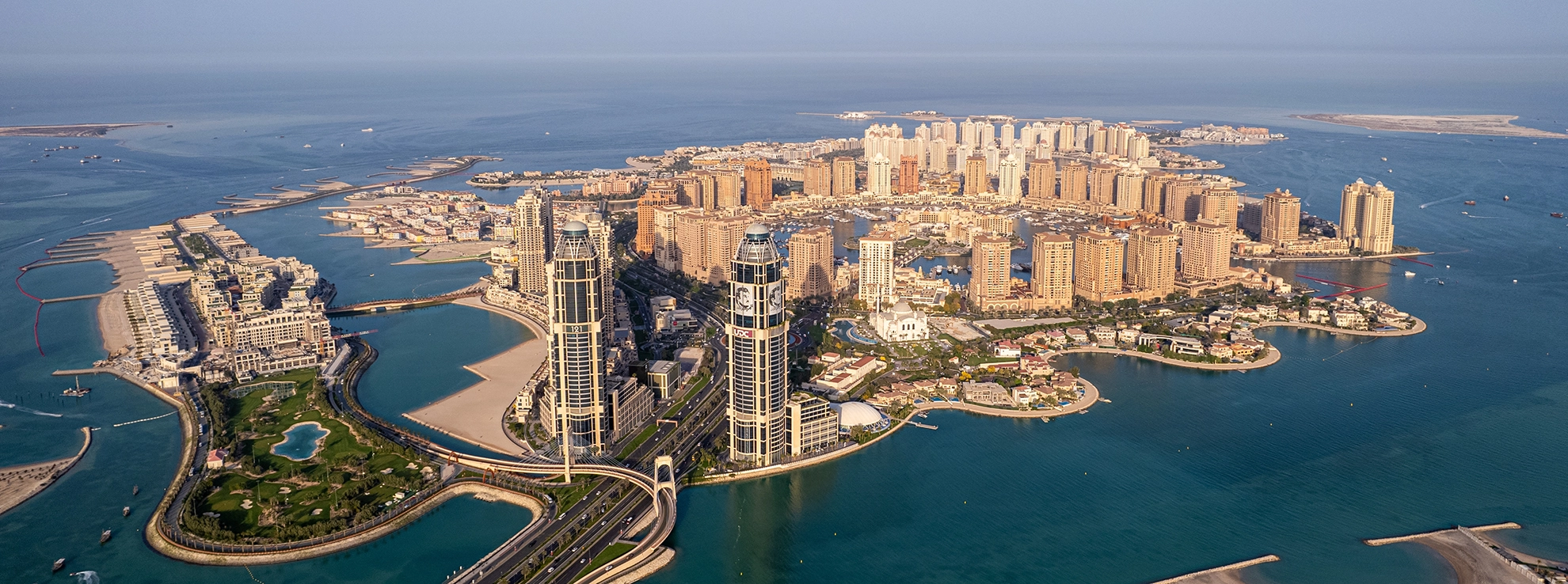

Eritrea
Eritrea passport ranking
The Eritrean passport is currently ranked 104th place on the Guide Passport Index. It provides visa-free access to 35 destinations. Eritrean passport holders have visa-free access and visa on arrival to countries such as Philippines, and Singapore. Eritrean citizens require a visa to enter 194 destinations in the world such as China, Russia, the United States and the entire European Union. This high visa requirement results in a very low mobility score.
Eritrea Passport Ranking
The Eritrea passport ranking relative to other global passports is calculated by adding up the number of countries that allow Eritrea passport holders to enter without a visa (i.e. visa-free countries) and those that allow Eritrea passport holders to enter by obtaining a visa on arrival (i.e. visa-on-arrival countries) or an electronic travel authorization (eTA). There are currently a total of 12 Eritrea passport visa-free countries, 22 Eritrea visa-on-arrival countries, and 1 eTA destinations.
Altogether, Eritrea passport holders can enter a total of 35 destinations—either without a visa, through a visa on arrival, or via an eTA. As a result, the Eritrea passport ranks 104 in the world.
Separate from these Eritrea visa-free countries and visa-on-arrival countries, there are 194 additional destinations which Eritrea passport holders either need a physical visa to enter or an eVisa (i.e. visa required countries).
About Eritrea
The State of Eritrea is a former Italian colony. Located in Eastern Africa, it consists of 10 provinces. It borders Djibouti, Ethiopia and Sudan. The most important provinces are Debub, Gash-Barka and Maekel. Eritrea is the 37th largest country in Africa with a surface area of 117,600 square kilometers. Its climate is diverse with a hot and dry desert along the red sea and a semiarid type in the western hills. Its terrain is characterized by highlands with plains to the east and hills to the northwest.
The overall population is over 5 million people. The capital of the country is Asmara, which is also the largest city of the country with more than 1 million inhabitants. Other important cities are Keren, Massawa and Assab. The largest and only international airport is Asmara International Airport (ASM). It connects the country to destinations across Africa, Italy and the Middle East.
The State of Eritrea gained independence from Italy in 1941 but was then administered by the British. Its culture is dominated by a mix of traditions from multiple ethnic groups and the Italian heritage. The main religion of the country is Christianity. The official languages of the nation are Tigrinya, Arab and English. The legal system is a mix of the civil, customary and Islamic law. The government form is a Republic of the one-party system. President Isaias Afwerki is the elected chief of state and the head of government. Elections take place every 5 years.
The official currency is the Eritrean nakfa (ERN) with the current exchange rate being ERN 15 to the USD, a rate that is pegged. Eritrea has a controlled economy, generating a GDP of approximately $11 billion. This makes it the 43rd largest economy in Africa. It has a per capita income of $1,797. The main GDP contributing sectors are services and industry. The main export products are textiles, salt, sorghum, cotton, tobacco and lentils. A lack of guided economic policies and workforce is slowing potential economic growth.
Eritrea is a growing tourism destination offering a variety of especially colonial attractions. It is known for its wildlife and history. There is one natural UNESCO world heritage site. The main tourist activities are sightseeing and animal watching. Some destinations are the capital Asmara, Massawa, the Imperial Palace, Senafe, Dahlak Marine National Park, Filfil and Keren. The majority of the 142,000 yearly tourism visitors is originating from the neighboring African countries and Europe.
Check if you need a visa for your next destination
Secure and protect your travels with Travel Medical Insurance. Get insured now










































